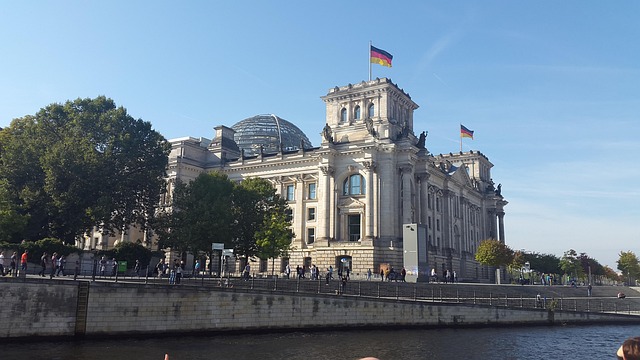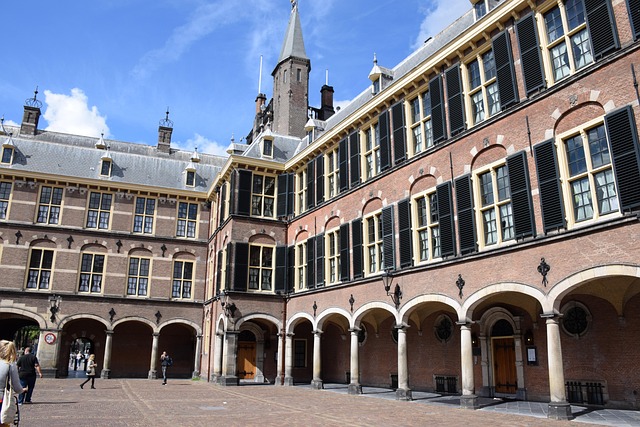
The Future of Public Subsidies in a Changing World
In the complex landscape of modern economies, public subsidies play a critical role in shaping industries, supporting development, and addressing social inequities. As we navigate through various global challenges—be it climate change, economic inequality, technological advancement, or demographic shifts—the role and structure of public subsidies are poised for significant transformation. Understanding the future of public subsidies requires an examination of their current state, the challenges they face, and the potential pathways for reform and adaptation.
The Role of Public Subsidies Today
Public subsidies are financial contributions provided by governments to public or private sectors aimed at increasing the consumption or production of certain goods or services. These subsidies can take various forms: direct financial assistance, tax breaks, grants, price controls, or favorable loans. The purposes of such subsidies are diverse, often aimed at fostering economic growth, supporting emerging industries, or protecting vulnerable populations from market fluctuations.
Currently, public subsidies are extensively utilized in sectors such as agriculture, energy, education, health care, and public transport. For example, agricultural subsidies are designed to stabilize farm incomes and ensure food security, while green energy subsidies aim to accelerate the transition towards renewable energy sources. However, these subsidies are also conventional tools subject to criticism for favoring specific interests, leading to market distortions and inefficiencies.
The Changing Economic Landscape
As globalization continues to evolve, the economic landscape is drastically changing. Digital transformation, demographic trends, and ecological challenges are reshaping the priorities and needs of nations. The rapid pace of technological change, particularly in areas such as artificial intelligence and automation, presents both opportunities and challenges. Certain industries may experience growth at unprecedented rates, while others, particularly those that fall behind in adopting digital technologies, could face significant decline.
Moreover, growing income inequality has put pressure on governments to ensure equitable access to opportunities. The COVID-19 pandemic has exacerbated these disparities, leading to increased calls for targeted financial support for the most affected communities. In this context, how public subsidies are designed and implemented can either alleviate or exacerbate underlying economic inequalities.
Environmental Sustainability and Climate Change
Climate change has emerged as one of the most pressing global challenges of our time, necessitating a substantial transformation in both economic models and regulatory frameworks. Governments worldwide are increasingly recognizing the importance of environmental sustainability in their subsidy programs. This shift is driven by the urgency to meet international climate agreements, reduce greenhouse gas emissions, and encourage sustainable practices.
Subsidies for fossil fuels are under increasing scrutiny as advocates push for a reallocation of resources towards renewable energy. According to various studies, ending fossil fuel subsidies could free up substantial funds for investments in green technologies and infrastructure. For instance, by redirecting subsidy spending towards solar and wind energy initiatives, governments can catalyze innovation and job creation in burgeoning industries while promoting environmental stewardship.
The Debate on Subsidy Efficiency
As the expectations surrounding public subsidies evolve, so too does the debate on their efficiency and effectiveness. Critics argue that many subsidy programs do not yield proportional benefits to society and call for evidence-based assessments. The rise of accountability and transparency measures means governments must now demonstrate the value created by any subsidy program. This scrutiny encourages policymakers to conduct thorough cost-benefit analyses before establishing or maintaining subsidy programs.
One potential pathway for enhancing subsidy efficiency involves the adoption of performance-based funding, which ties financial support to specific outcomes. For example, instead of providing unrestricted funding to a sector, governments could reward investments that successfully reduce emissions, improve education standards, or enhance public health outcomes. By linking subsidies to measurable goals, policymakers can foster a more results-oriented approach, while ensuring that taxpayers are receiving value for their money.
The Influence of Technological Innovation
The rapid development of technology promises to reshape the landscape of public subsidies significantly. With increased access to data analytics, machine learning, and artificial intelligence, governments are now better equipped to identify areas that require support and monitor the impacts of subsidies in real-time. Such advancements allow for more dynamic and adaptive subsidy programs that can respond quickly to emerging challenges.
For example, digital platforms can facilitate targeted subsidy allocation by identifying demographics in need of assistance more accurately and efficiently. Rather than a one-size-fits-all subsidy program, technology can help deliver tailored financial assistance that meets the unique needs of various communities. Moreover, innovative solutions such as blockchain technology can enhance transparency around subsidy dispersion and reduce the potential for corruption.
Implications of Globalization
Around the globe, the interconnectedness of markets continues to grow, influencing how public subsidies are viewed and implemented. In a globalized economy, unilateral subsidy policies can lead to trade disputes and tensions. International trade agreements often require countries to limit certain types of subsidies for agricultural products or manufactured goods to promote fair competition.
Additionally, multinational corporations may exploit favorable subsidy regimes in certain jurisdictions, leading to “race-to-the-bottom” scenarios where countries offer increasingly generous subsidies to attract businesses. This trend raises questions about the long-term sustainability of such practices. As countries grapple with these challenges, we may see a shift toward multilateral frameworks that support the harmonization of subsidy policies, ensuring that they contribute positively to global economic and environmental goals.
The Future of Public Subsidies: Navigating Complexity
Looking into the future, public subsidies are likely to evolve in response to the multitude of challenges and demands on public funds. A more integrated approach to subsidy design could emerge, wherein governments coordinate across sectors to create holistic support systems. For instance, subsidies targeting clean energy could intertwine with job training programs in affected industries, ensuring that the workforce is prepared for the transition to a green economy.
Moreover, as society increasingly embraces the concepts of shared prosperity and inclusivity, there might be a move towards participatory budgeting models. Engaging communities in the decision-making processes regarding public subsidies can empower citizens and ensure that funding is allocated where it is genuinely needed. This collaboration can lead to more effective interventions that directly address the unique issues faced by different populations.
Conclusion
The future of public subsidies in a changing world is characterized by unprecedented challenges and remarkable opportunities. As economies evolve, it becomes essential to continually reassess subsidy programs to ensure they are efficient, equitable, and aligned with broader societal goals. By leveraging technology, fostering international cooperation, and prioritizing sustainability, governments have the chance to reshape the role of public subsidies in a manner that not only meets immediate economic needs but also contributes to a more resilient and just world.



